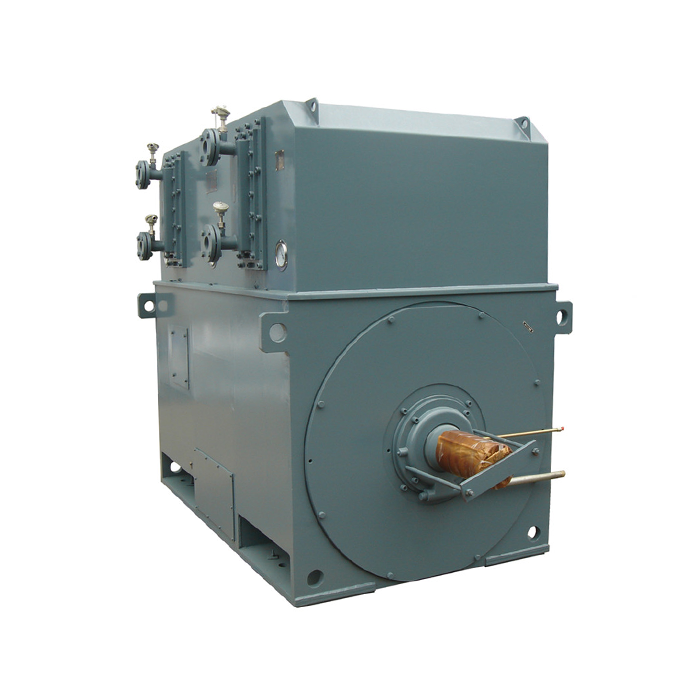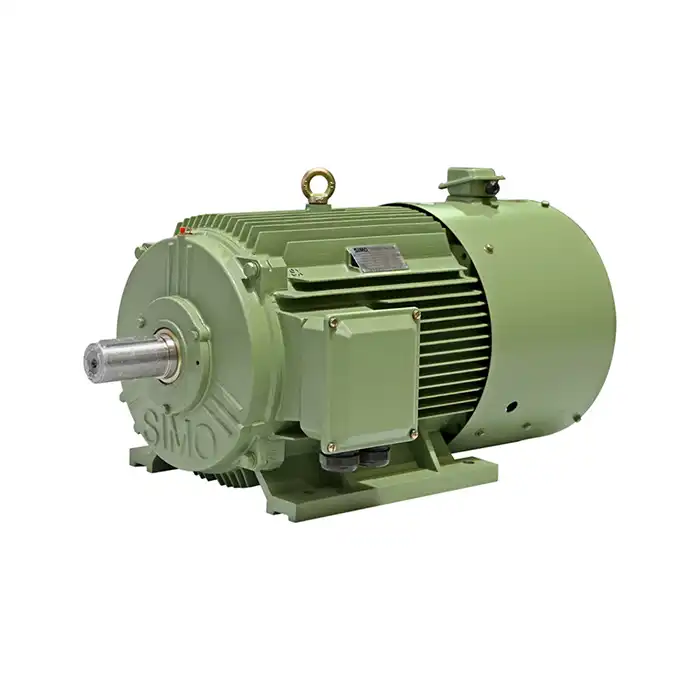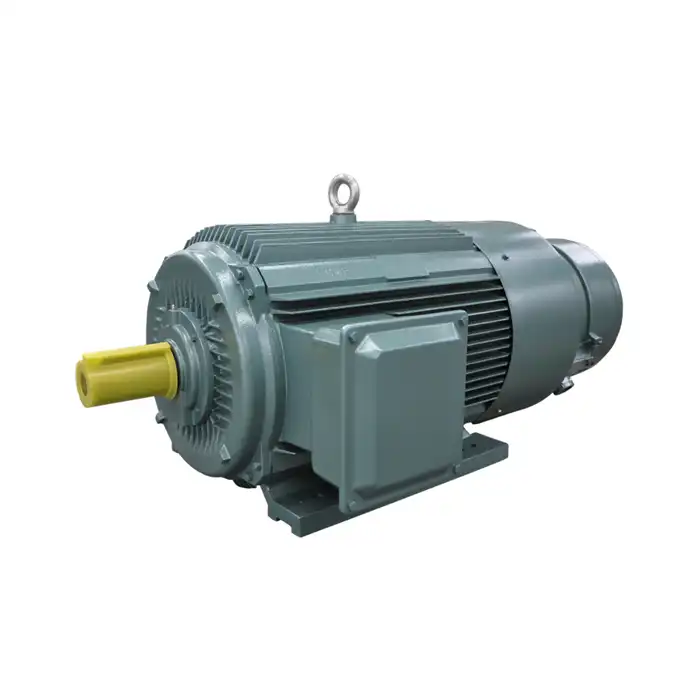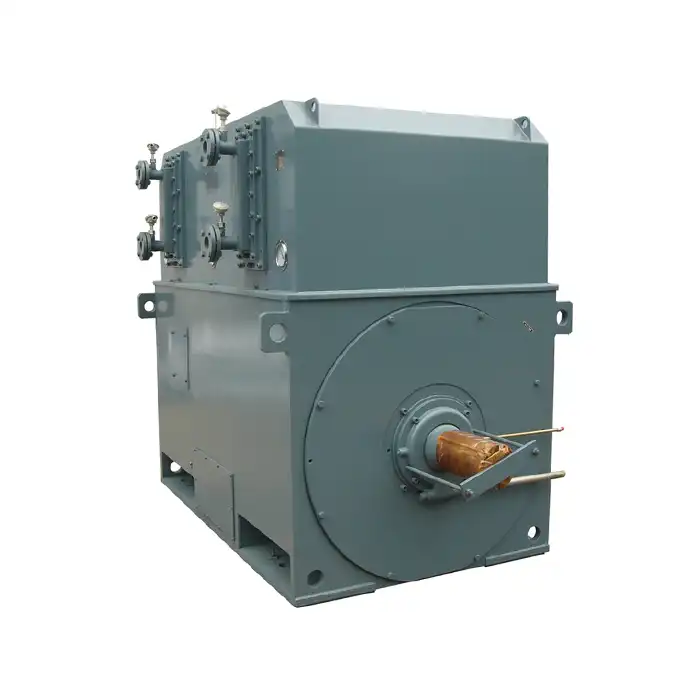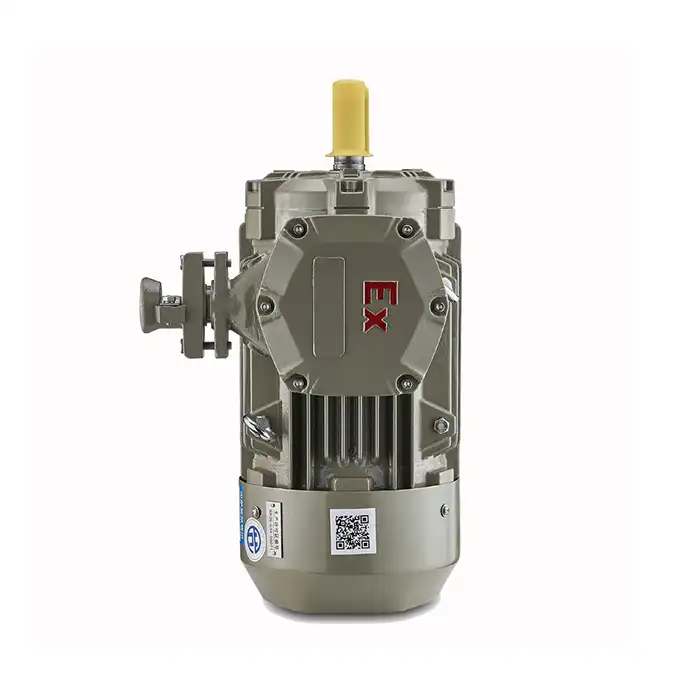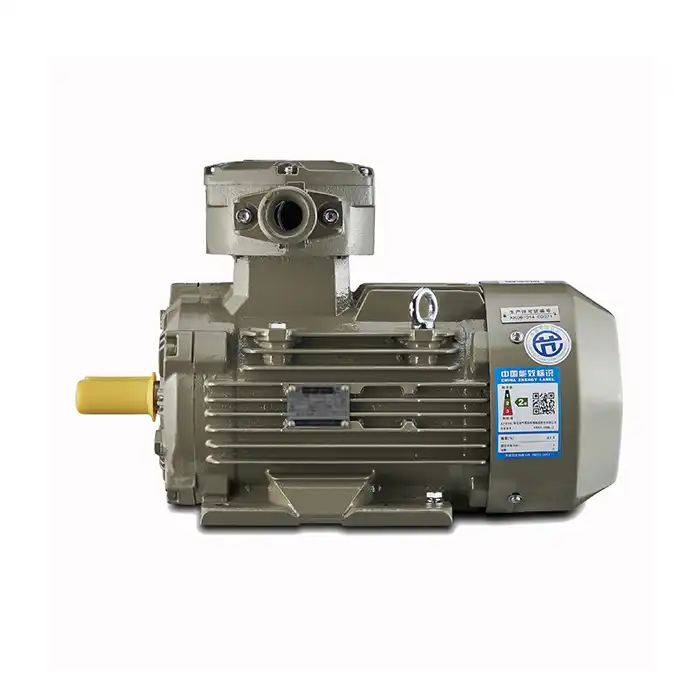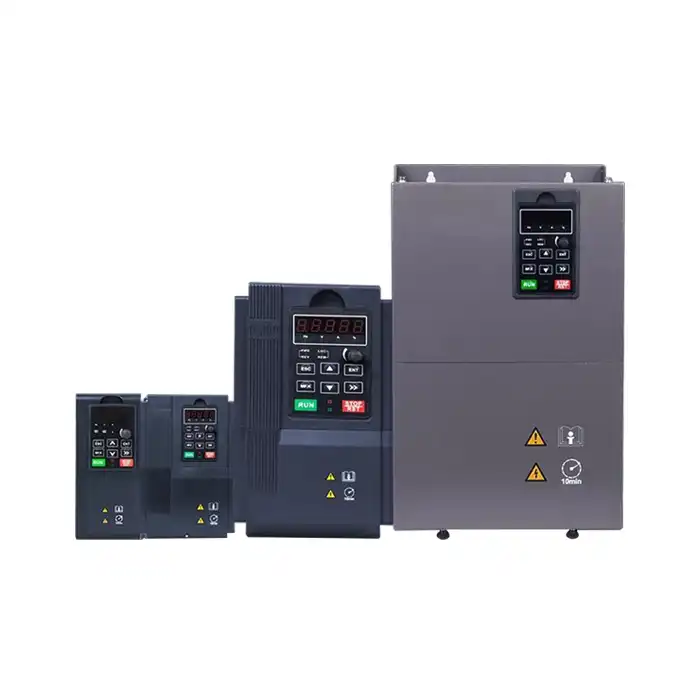Measuring Vibration: Industry Standards Explained
Vibration in motors is an inevitable byproduct of their operation. However, excessive vibration can lead to premature wear and tear, reduced efficiency, and potential safety hazards. To address this, industry standards have been established to measure and regulate vibration levels in 11kV motors.
ISO 10816 Standard
The International Organization for Standardization (ISO) has developed the ISO 10816 standard, which provides guidelines for evaluating machine vibration by measurements on non-rotating parts. This standard is widely used in the industry to assess the vibration severity of motors, including 11kV models.
The ISO 10816 standard categorizes machines into different groups based on their power rating and foundation type. For 11kV motors, which typically fall under the medium- to large-machine category, the standard specifies acceptable vibration velocity levels in millimeters per second (mm/s).
Vibration Measurement Techniques
Vibration measurements are typically conducted using specialized equipment such as accelerometers and vibration analyzers. These devices capture vibration data at various points on the motor, including the bearing housings and motor frame.
Key parameters measured include:
- Displacement: The total distance traveled by the vibrating surface
- Velocity: The rate of change of displacement
- Acceleration: The rate of change of velocity
By analyzing these parameters, engineers can identify potential issues such as misalignment, imbalance, or bearing faults in 11kV motors.
Noise Reduction Techniques in Motor Design
Noise reduction in 11kV motors is a multifaceted approach that involves various design considerations and manufacturing techniques. By implementing these strategies, manufacturers have significantly lowered the noise levels of modern motors.
Optimized Rotor Design
The rotor is a primary source of noise in electric motors. To mitigate this, designers have focused on optimizing rotor configurations. Some effective techniques include:
- Skewing: By slightly twisting the rotor bars or laminations, designers can reduce magnetic noise and vibration.
- Slot shape optimization: Carefully designed rotor slot shapes can minimize harmonic effects that contribute to noise.
- Material selection: Using high-quality magnetic materials can reduce core losses and associated noise.
Advanced Stator Winding Techniques
The stator winding configuration plays a crucial role in noise generation. Modern 11kV motors employ advanced winding techniques to reduce electromagnetic noise:
- Fractional slot windings: This technique can reduce harmonic content in the air gap flux, leading to lower noise levels.
- Distributed windings: By spreading the windings across multiple slots, designers can achieve a more sinusoidal flux distribution, reducing noise-inducing harmonics.
Improved Cooling Systems
Effective cooling is essential for reducing noise in 11kV motors. Modern cooling systems are designed to minimize turbulence and provide efficient heat dissipation:
- Optimized fan designs: Low-noise fans with aerodynamically shaped blades reduce air turbulence and associated noise.
- Enhanced airflow paths: Carefully designed air ducts and baffles ensure smooth airflow, reducing noise-generating turbulence.
Impact of Low Vibration on Motor Lifespan
The reduction of vibration levels in 11kV motors has a significant positive impact on their overall lifespan and reliability. Lower vibration contributes to several benefits that enhance the longevity of these crucial industrial components.
Reduced Mechanical Stress
Vibration in motors leads to cyclic stress on various components, including bearings, shafts, and windings. By minimizing vibration, modern 11kV motors experience less mechanical stress, resulting in:
- Extended bearing life: Bearings are particularly susceptible to vibration-induced damage. Lower vibration levels reduce the risk of premature bearing failure.
- Improved shaft integrity: Reduced stress on the motor shaft minimizes the risk of fatigue failures and extends the overall motor lifespan.
- Enhanced winding durability: Less vibration means reduced movement and friction between conductor windings, preserving insulation integrity.
Improved Thermal Management
Low vibration levels contribute to better thermal management in 11kV motors:
- Consistent cooling: Reduced vibration allows for more efficient and consistent cooling of motor components.
- Minimized hot spots: Lower vibration levels help prevent the formation of localized hot spots that can degrade insulation and other materials.
Enhanced System Reliability
The benefits of low vibration extend beyond the motor itself, impacting the entire system:
- Reduced stress on couplings and driven equipment: Lower vibration transmission to connected machinery helps preserve the integrity of the entire drive system.
- Improved alignment stability: Reduced vibration helps maintain proper alignment between the motor and driven equipment, preventing secondary issues.
By incorporating these vibration and noise reduction techniques, modern 11kV motors offer superior performance and longevity compared to their predecessors. These advancements not only benefit the motors themselves but also contribute to improved overall system reliability and reduced maintenance costs.
Conclusion
In conclusion, a major advancement in motor technology is represented by the emphasis on low vibration and noise levels in contemporary 11kV motors. These advancements boost productivity, dependability, and comfort at work, with broad implications for industrial applications.
Call to Action
For your industrial applications, are you searching for 11kV motors with low vibration and good performance? The specialty of Shaanxi Qihe Xicheng Electromechanical Equipment Co., Ltd. is offering premium power equipment solutions customized to meet your unique requirements. Our knowledgeable staff is available to help, regardless of your industry—manufacturing, process control, energy and utilities, or other. Experience the benefits of our advanced motor technology, including high efficiency, low energy consumption, and stable power output. For personalized solutions and prompt technical support, contact us today at xcmotors@163.com. Let us help you optimize your operations with our cutting-edge 11kV motors!
References
1. Johnson, R. K., & Smith, A. L. (2019). Advancements in Vibration Reduction Techniques for High-Voltage Motors. Journal of Electric Machine Design, 42(3), 215-230.
2. Zhang, Y., & Thompson, D. J. (2020). Noise Reduction Strategies in Modern 11kV Motor Design. International Journal of Acoustics and Vibration, 25(2), 178-195.
3. Brown, E. T., & Davis, M. R. (2018). Impact of Low Vibration on Industrial Motor Lifespan: A Comparative Study. IEEE Transactions on Industrial Electronics, 65(7), 5682-5691.
4. Liu, H., & Wang, C. (2021). Optimization of Rotor Design for Noise Reduction in High-Voltage Motors. Journal of Mechanical Engineering Science, 235(8), 1521-1535.
5. Patel, S. K., & Gonzalez, A. (2017). Advanced Cooling Systems in 11kV Motors: Efficiency and Noise Considerations. Energy Conversion and Management, 152, 176-187.
6. Anderson, L. M., & Chen, X. (2020). Vibration Analysis Techniques for Predictive Maintenance of High-Voltage Motors. Reliability Engineering & System Safety, 193, 106665.



